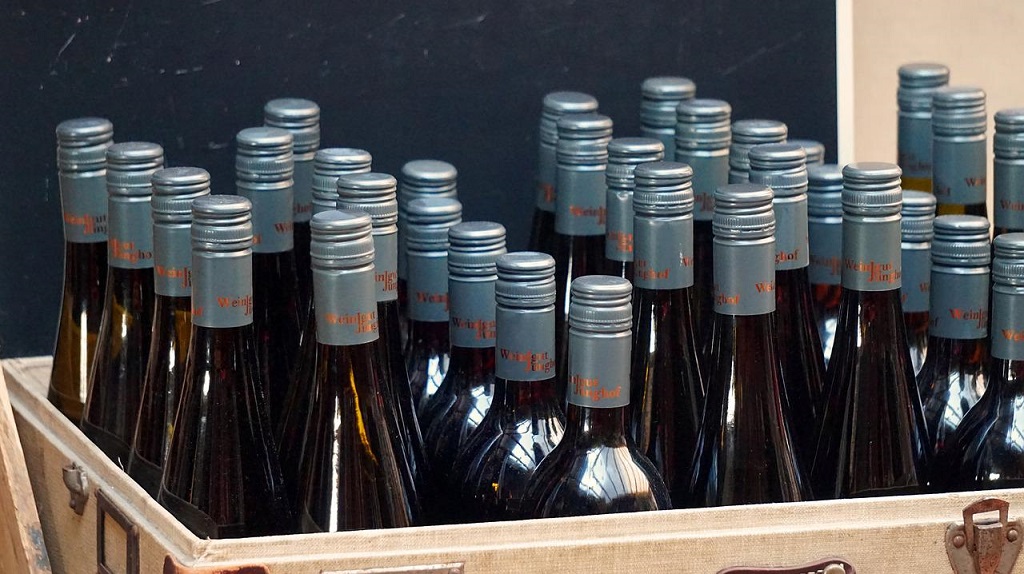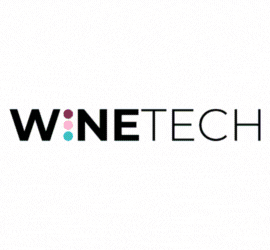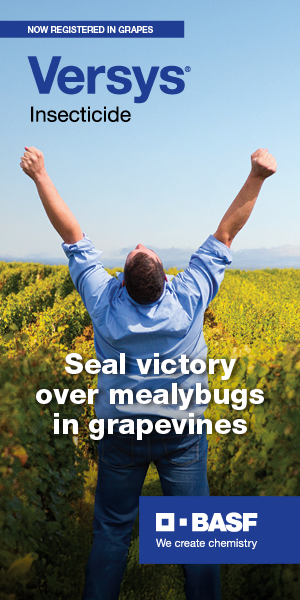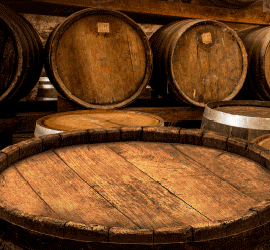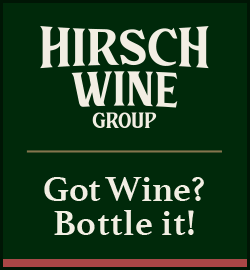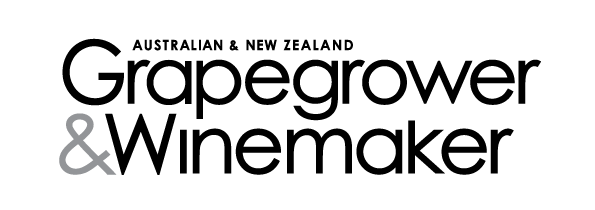According to a new Rabobank report, returnable, refillable bottles are not only the most sustainable packaging solution. As packaging costs rise, they could also become the most economical.
“Sustained cost increases for packaging could push beverage companies to consider more drastic operational overhauls. And no change would be more drastic – and arguably more impactful – than the adoption of returnable packaging systems,” says Bourcard Nesin, Analyst – Beverages at Rabobank.
Returnable, refillable packaging was once the norm around the world, but its use has been declining rapidly for decades. Over the past 40 years, as manufacturers have prioritised scale and efficiency at the source of production, they’ve abandoned returnable packaging for one-way packaging that allows for larger, more centralised production and distribution.
Most research on the subject indicates switching to returnables could reduce the greenhouse gas emissions of glass packaging by 80 per cent. The change could have a major impact on the cost of goods sold as well.
“This, in turn, makes beverages that utilise returnable packaging more affordable, which will be a major competitive advantage as inflation chips away at consumers’ purchasing power and price elasticities start to rise,” explains Nesin.
Many markets across Latin America, Africa, and Asia still have much of the infrastructure needed for large-scale returnable packaging systems, making them a perfect target for industry investment and resources. Even in markets that have only recently abandoned the practice, consumers are already familiar and comfortable with deposit and return schemes.
“It’s far more cost effective to protect those returnable systems that have not yet been destroyed than to build a new one from scratch,” highlighted Nesin.
According to Rabobank’s report, some key steps and conditions are needed to support the broader rollout of returnable packaging:
- Start in the on-premise and owned premises: On-premise accounts act as natural aggregators of empty returnable packaging, with return rates approaching 100%. Since manufacturers/distributors are already regularly visiting those accounts to replenish stocks, collecting those empties is relatively simple and minimally disruptive. For the consumer, no behaviour changes or deposits are required.
- Standardise packaging: Standardization is core to an efficient and cost-effective returnable packaging system. It also increases the incentive for companies (or appellations in the case of the wine industry) to jointly invest in building infrastructure, like sorting and washing facilities, which returnable systems require.
- Bottle closer to the consumer: Freight and logistics costs are pushing manufactures to bottle products closer to their end consumer. The cost savings and emissions reductions of reusable packaging will not be realized if importers have to ship empty packaging back to their country of origin. Shipping liquid in bulk and bottling in the end market is the only way imports will be able to feasibly participate in a returnable system.
- Engage retailers: Convincing the bigger retail chains to dedicate real estate and labor to support a returnable packaging system will not be easy, but once they are on board, the scale and sophistication they could bring would be transformational.
- Publicize the benefits: There is a potential marketing opportunity here. Offering returnable packaging is itself a good marketing message.
- Governments need to get involved: Without legislation requiring returnable packaging and pushing recycling costs onto manufactures, the hope of readopting a large-scale, reusable, returnable packaging system is almost zero.
Are you a Daily Wine News subscriber? If not, click here to join our mailing list. It’s free!
